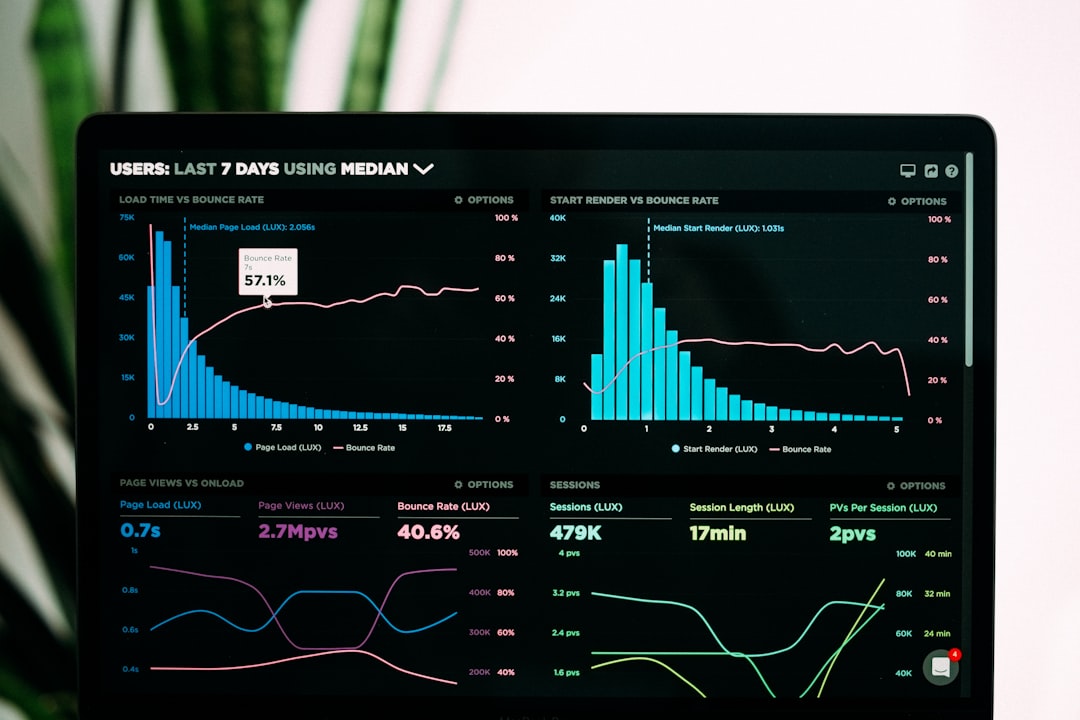In today's digital landscape, data analytics has emerged as a game-changer for marketers. With the ability to collect, analyze, and derive actionable insights from vast amounts of data, businesses can now make informed decisions and tailor their marketing strategies to achieve unparalleled success. However, overlooking the importance of data analytics can be detrimental to campaign effectiveness and overall growth. In this comprehensive article, we will delve into the impact of data analytics on modern marketing and explore how leveraging analytics can unlock the full potential of your marketing strategies.
The Power of Data Analytics in Marketing
Failure to leverage data analytics in marketing campaigns can lead to missed opportunities and ineffective strategies. By understanding and harnessing the power of data, businesses gain a competitive edge by:
1. Improving Targeting and Personalization
Data analytics allows businesses to gain deep insights into customer behavior, preferences, and demographics. By leveraging this information, marketers can create highly targeted and personalized campaigns that resonate with their audience. For example, an e-commerce company can analyze purchase history and browsing patterns to recommend products that align with each customer's unique interests.
2. Enhancing Customer Engagement and Experience
Data-driven marketing enables businesses to deliver relevant and timely content to their customers. By analyzing data from various touchpoints such as website traffic, social media engagement, and email opens and click-throughs, marketers can identify patterns and trends. This insight helps in crafting engaging campaigns that cater to the specific needs and interests of their audience.
3. Increasing Conversion Rates
Understanding customer behavior through data analysis allows businesses to optimize their conversion rates. By identifying key pain points or barriers to purchase, marketers can tailor their messaging, user experience, and offers to address these concerns. This ultimately leads to improved conversion rates and higher ROI.
4. Retaining Customers and Driving Loyalty
Data analytics also plays a crucial role in customer retention and loyalty. By monitoring customer interactions and purchase history, marketers can identify opportunities for upselling, cross-selling, and personalized loyalty programs. By leveraging this information, businesses can build strong customer relationships and foster long-term loyalty.
Types of Data in Marketing
To fully leverage data analytics, businesses need to understand the various types of data they can collect. Some key data sources include:
Website Analytics: Website traffic metrics, user behavior, and conversion data provide valuable insights into audience engagement and campaign effectiveness.
Social Media Metrics: Engagement metrics like likes, shares, and comments help gauge audience interest and sentiment towards your brand, products, or campaigns.
Email Marketing Metrics: Tracking email opens, click-through rates, and conversion rates provides insights into the effectiveness of email campaigns and helps optimize future communications.
Customer Relationship Management (CRM) Data: CRM data holds valuable information on customer demographics, purchase history, and interactions, allowing for advanced segmentation and personalization.
Third-party Data: External data sources, such as market research reports or industry benchmarks, can supplement internal data and provide broader consumer insights.
How Data-driven Marketing Works
Data-driven marketing involves a systematic approach to collecting, analyzing, and applying data to inform marketing strategies. The process typically involves the following steps:
Data Collection: Gather data from various sources, ensuring its accuracy, reliability, and compliance with privacy regulations.
Data Integration: Consolidate data from different sources into a centralized system, enabling a comprehensive and holistic view of customer behavior.
Data Analysis: Utilize analytics tools to extract meaningful insights from the collected data. This may involve statistical analysis, predictive modeling, or machine learning algorithms.
Insight Application: Apply the insights gained from data analysis to inform marketing strategies, determine target audiences, refine messaging, and optimize campaign performance.
Testing and Optimization: Continuously monitor campaign performance, conduct A/B testing, and refine strategies based on ongoing data analysis to drive continuous improvement.
Tools for Data Acquisition and Analysis
To effectively implement data-driven marketing, businesses can utilize various tools and platforms. Some of the popular ones include:
Google Analytics: A robust web analytics tool that provides valuable insights into website traffic, user behavior, and conversion rates.
Customer Relationship Management (CRM) Platforms: CRM platforms like Salesforce or HubSpot allow businesses to collect, organize, and analyze customer data, enabling personalized marketing efforts.
Social Media Analytics Tools: Platforms such as Facebook Insights, Twitter Analytics, and LinkedIn Analytics help measure social media performance and audience engagement.
Email Marketing Platforms: Email service providers like Mailchimp or Constant Contact offer comprehensive analytics to track email campaigns, monitor open rates, click-through rates, and conversion rates.
Data Visualization Tools: Tools like Tableau or Google Data Studio help create visually compelling dashboards and reports, making it easier to understand and communicate data insights.
Unlocking the Potential of Analytics:
Data analytics provides tremendous potential for businesses to optimize their marketing efforts, improve ROI, and gain a competitive advantage. By leveraging the power of data in an effective manner, marketers can create targeted campaigns that engage with customers on a deeper level.
